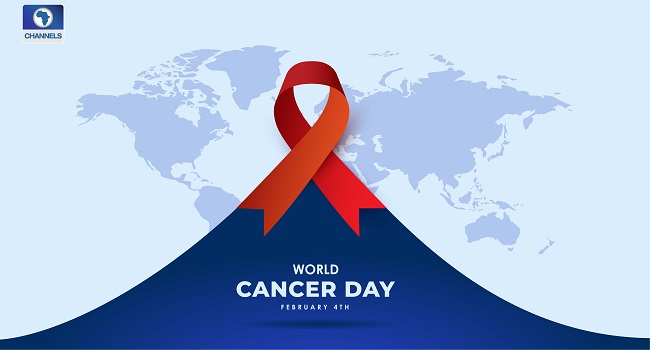
This year’s theme is ‘I Am and I Will’, which is being continued since 2019, and one of the mottos of the theme is ‘together, all our actions matter’.
The most common cause of cervical cancer is human papillomavirus infection. An HPV infection can infect cells on the surface of the skin and the lining of the genitals.
According to WHO, in the past two decades, the overall number of people diagnosed with cancer nearly doubled, from an estimated 10 million in 2000 to 19.3 million in 2020. Today, one in 5 people worldwide will develop cancer during their lifetime. Projections suggest that the number of people being diagnosed with cancer will increase still further in the coming years, and will be nearly 50% higher in 2040 than in 2020.
The number of deaths from cancer has also increased, from 6.2 million in 2000 to 10 million in 2020. More than one out of every six deaths is due to cancer.
A WHO survey conducted in 2020 indicated that treatment for cancer had been disrupted in more than 40% of countries surveyed during the pandemic. The findings of the survey have been backed up by published studies indicating that delays in diagnosis are common, while interruptions to and abandonment of therapy have increased significantly. Meanwhile, enrolment in clinical trials and research output have declined.
Today being World Cancer Day, it is imperative to understand the risk factors that can predispose women to cervical cancer. A risk factor refers to something that can increase the likelihood of getting a health condition. Similarly, there are certain factors that can predispose women to cervical cancer. Of these, there are several avoidable ones.
Here are a few risk factors of cervical cancer you should know
1. HPV or the human papillomavirus infection
This is one of the most important risk factors for cervical cancer. There are over 150 kinds of viruses. An HPV infection can infect cells on the surface of the skin and the lining of the genitals, etc. The infection can spread from person to person through skin contact or sexual activity. High-risk HPV are linked to cervical cancer in women. This is more so when an HPV infection tends to become chronic. It is possible to treat the abnormal cell growth caused by an HPV infection. The risk of acquiring cervical cancer can also be reduced through HPV vaccines.
2. History of sexual activity
This is one of the foremost avoidable risk factors for cervical cancer. Callousness in sexual activity can expose a person to HPV thereby increasing the likelihood of cancer. This is more so when a person is sexually active at a young age, has many sexual partners or a partner with high risk.
3. Smoking
Smoking exposes a person to various cancer-causing chemicals – both active and passive. The harmful substances in tobacco smoke can be absorbed through the lungs and carried throughout the body by the bloodstream. According to studies women who smoke are doubly at risk of acquiring cervical cancer. The substances in tobacco tend to damage the DNA of cervix cells and smoking also weakens the immune system.
4. Weak immunity
A strong immune system not only keeps one healthy but is also responsible for destroying cancer cells, and stopping their growth and spread. In women with certain conditions such as HIV, a cervical pre-cancer might develop faster than normal. Another category at risk of weakened immunity is women who are being treated for autoimmune disorders with certain drugs that suppress the immune response.
5. Use of contraceptives for a prolonged period
Women who use oral contraceptives for a long time are also at risk of developing cancer of the cervix. It is important to understand the need to take oral contraceptives and they must be consumed only if the specialist advises. Women should understand whether the benefits of using oral contraceptives outweigh their likely risks.
Women between the age group of 20-70 years and those who are sexually active, should regularly get themselves tested for this virus, as an early detection can stop the growth of the cancer cells and prevent the condition from spreading. If gone undetected, the cancer can metastasize and spread to other parts of the body, at which point it can become fatal. Pap smear is a test done to detect cervical cancer and is recommended every three years over the age of 30. If previous tests have been normal, then a Pap smear and HPV test should be undertaken every five years. A complete pelvic examination is also carried out during this test.
It is also important for women and adolescent girls to take certain precautions to avoid the risk of acquiring this disease:
- Reduce the chances of getting infected with the HPV by avoiding sexual contact with multiple partners without adequate protection.
- Get a Pap test done every 3 years as timely detection can help in curing this condition.
- Quit smoking right away. Nicotine and other components found in cigarettes may pass through the bloodstream and get deposited in the cervix where they can alter the growth of cervical cells. Smoking can also suppress your immune system making it more susceptible to HPV infections.
- Eat a healthy diet rich in fruits, vegetables, and whole grains.
- Maintain a healthy weight as being overweight or obese increases the risk of insulin resistance, which may lead to type 2 diabetes and increase the risk of developing cancer.




